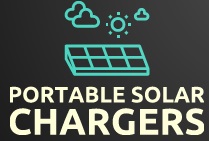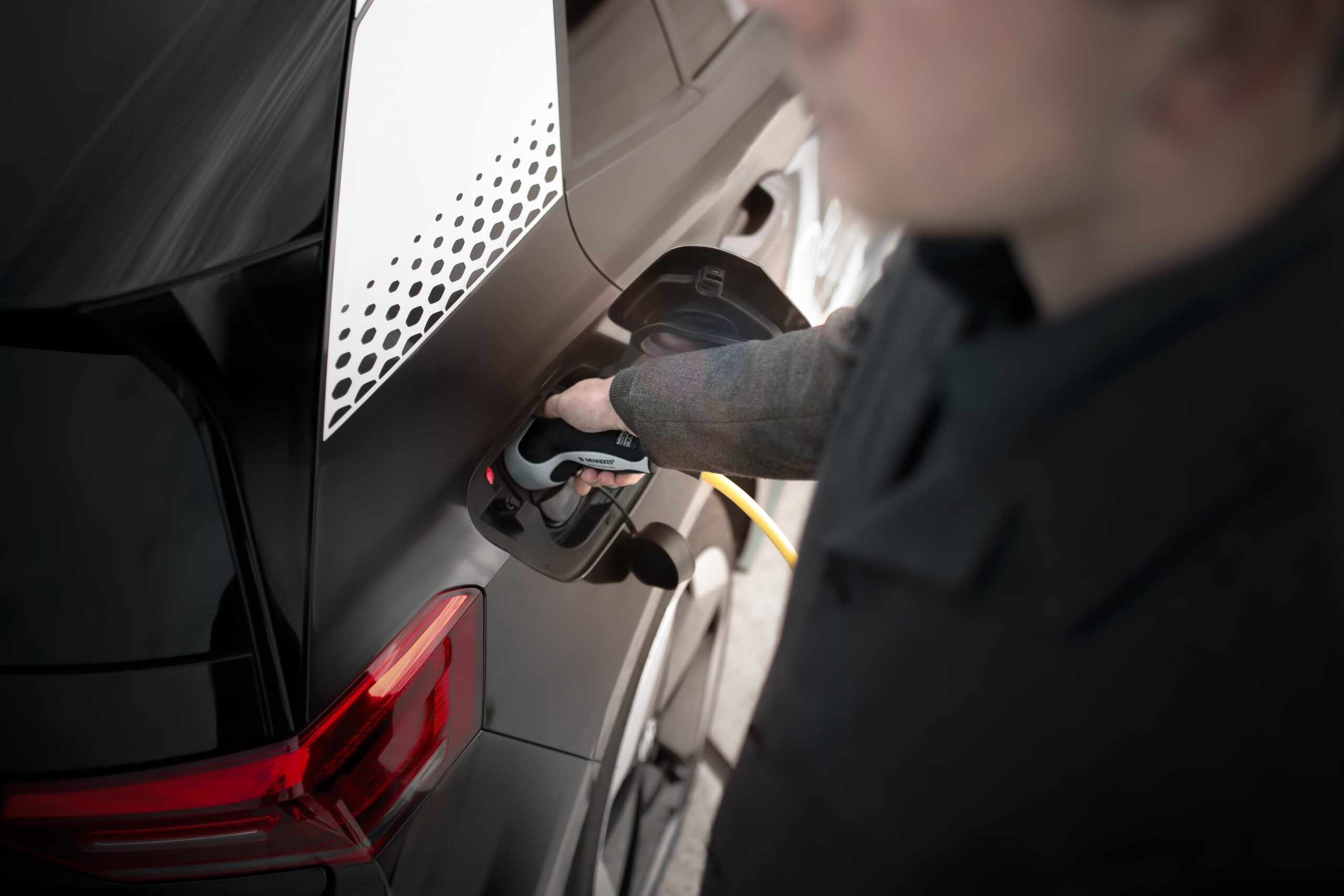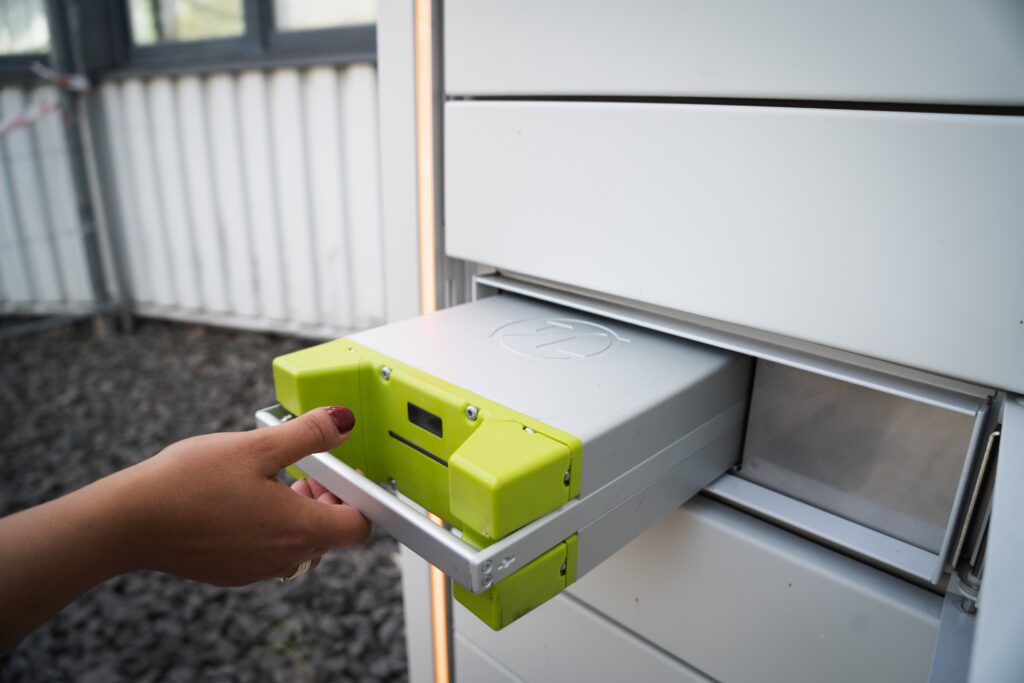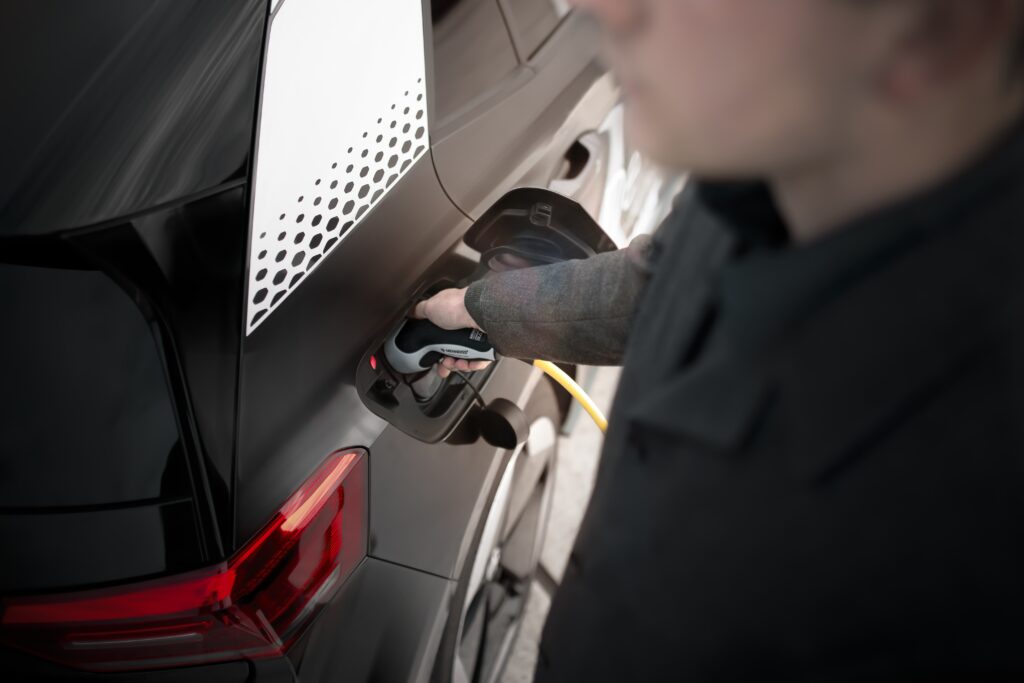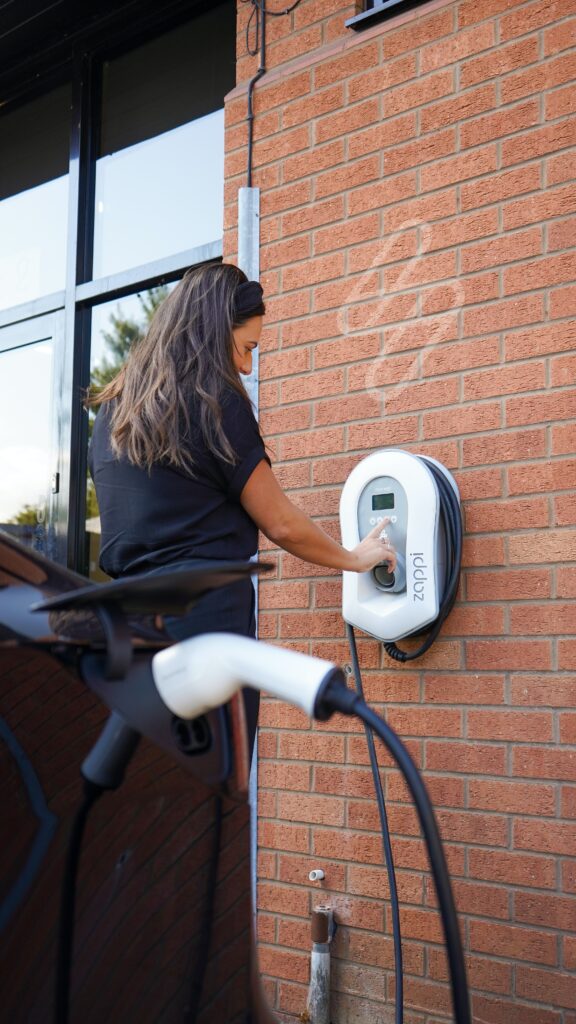Solar chargers have become increasingly popular as a sustainable way to power our devices. But have you ever wondered how long it actually takes to charge your devices using these eco-friendly chargers? In this article, we will explore the varying charging times for different devices, providing you with valuable insights to help you make the most of your solar charger. Whether you’re charging your smartphone, tablet, or even a power bank, we’ve got you covered with all the information you need to know. So sit back, relax, and get ready to discover the true power of solar chargers.
Factors Affecting Charging Time
When it comes to charging devices with solar chargers, there are several factors that can affect the overall charging time. Understanding these factors is important to optimize the charging process and ensure that your devices are charged efficiently.
Type and Capacity of Solar Charger
The type and capacity of your solar charger will play a significant role in determining the charging time. Solar chargers come in various forms, including portable chargers, foldable panels, and even solar backpacks. Each type has its own charging capacity, with some able to charge multiple devices simultaneously.
The capacity of the solar charger is measured in watts (W) or ampere-hours (Ah). Generally, the higher the capacity, the faster the charging time. So, if you have multiple devices or larger devices that require more power, opting for a higher capacity solar charger will ensure faster charging.
Amount and Intensity of Sunlight
The amount and intensity of sunlight available also greatly affect the charging time. Solar panels rely on sunlight to convert it into electricity, which is then used to charge your devices. The more sunlight there is, and the more intense it is, the faster the charging process will be.
Ideally, charging your devices under direct sunlight is the most efficient way to charge them. However, even on cloudy days or in partial sunlight, solar chargers can still generate some power. It’s important to note that the charging time will be significantly longer in these conditions.
Efficiency of Solar Panels
The efficiency of the solar panels is another crucial factor that affects the charging time. Solar panels with higher efficiency can convert a larger percentage of sunlight into electricity, resulting in faster charging. Efficiency is measured in a percentage, with higher percentages indicating more efficient panels.
When choosing a solar charger, it is advisable to opt for one with higher panel efficiency. This will ensure that you can fully maximize the available sunlight and reduce the overall charging time.
Battery Capacity of Devices
The battery capacity of the devices you are charging also plays a role in determining the charging time. Devices with larger battery capacities will take longer to charge compared to devices with smaller capacities. For example, charging a smartphone with a 3000mAh battery will take less time compared to charging a tablet with a 6000mAh battery.
It is essential to consider the battery capacities of your devices and plan accordingly. If you have multiple devices with different battery capacities, you may need to prioritize charging them based on their respective charging times.
Charging Time for Different Devices
Different devices have varying charging times when it comes to solar charging. Here, we will discuss the approximate charging time for common devices.
Smartphones
Smartphones are generally the easiest devices to charge using solar chargers. On a sunny day with optimal conditions, it usually takes around 2-4 hours to charge a smartphone fully. However, factors such as direct sunlight, the capacity of the solar charger, and the battery capacity of the smartphone can affect the charging time.
Tablets
Tablets typically have larger battery capacities compared to smartphones, resulting in longer charging times. On average, it takes around 4-6 hours to charge a tablet fully using a solar charger. Again, charging time can vary depending on the conditions mentioned earlier.
Laptops
Charging laptops with solar chargers can be more challenging due to their higher power requirements. The charging time for laptops can range from 6-10 hours or even longer, depending on the laptop’s battery capacity and power consumption. It is crucial to have a solar charger with a high capacity and efficiency when charging laptops.
Power Banks
Power banks are an excellent addition for additional power storage. When it comes to charging power banks with solar chargers, the charging time is similar to charging smartphones. It usually takes around 2-4 hours to charge a power bank fully.
Camera Batteries
Camera batteries are typically smaller in capacity compared to other devices. With optimal conditions, it takes approximately 2-4 hours to charge a camera battery fully using a solar charger. However, it is essential to consider the battery capacity of the specific camera model when estimating the charging time.
Charging Time Calculation
To calculate the approximate charging time for your devices with a specific solar charger, you can use a simple formula. Here’s how you can do it:
Formula
Charging Time = Device Battery Capacity (mAh) / Solar Charger Output Power (mA) * Charging Efficiency
Charging Efficiency is the ratio of the solar charger’s actual output power to its rated output power, expressed as a decimal. For example, if a solar charger has a rated output power of 10W and an actual output power of 8W, the charging efficiency would be 0.8.
Example Calculation
Let’s say you have a smartphone with a battery capacity of 3000mAh and a solar charger with an output power of 200mA and a charging efficiency of 0.9.
Charging Time = 3000mAh / 200mA * 0.9 = 13.5 hours
This calculation provides an estimate; however, actual charging time may vary due to factors mentioned earlier.
Tips for Faster Charging
While the charging time with solar chargers can depend on various factors, there are several tips you can follow to ensure faster charging:
Choose a Higher Capacity Solar Charger
Opting for a solar charger with a higher capacity will ensure faster charging for your devices. Higher capacity chargers can generate more power, allowing you to charge multiple devices or larger devices simultaneously.
Optimize Solar Panel Placement
Proper placement of solar panels is crucial for maximizing sunlight absorption. Ensure that the solar panels are positioned at the optimal angle to receive direct sunlight throughout the day. Additionally, regularly adjust the position of the panels to track the movement of the sun and maximize its exposure.
Utilize Maximum Sunlight Hours
Solar chargers are most effective under direct sunlight. Therefore, it is recommended to maximize the usage of solar chargers during peak sunlight hours. These hours are usually between 10 a.m. and 4 p.m. (varies depending on your location), when the sun is at its highest and provides the most intense sunlight.
Manage Device Battery Usage
To optimize the charging time, it is advisable to manage your device’s battery usage efficiently. Close any unnecessary apps, reduce screen brightness, and limit the use of power-consuming features while charging. This will allow the device to charge faster and maximize the available solar power.
Factors That May Prolong Charging Time
While solar charging is a convenient and eco-friendly method, several factors may prolong the overall charging time.
Partial Sunlight or Cloudy Conditions
Charging devices with solar chargers in partial sunlight or under cloudy conditions will significantly increase the charging time. The reduced sunlight intensity leads to slower energy conversion and, subsequently, slower charging.
Shaded Solar Panel
Even a small amount of shading on the solar panel can greatly affect the charging time. Shaded areas on the panel create hotspots, preventing the efficient generation of electricity. It is important to ensure that the solar panel is free from any obstructions or shading for optimal charging performance.
Insufficient Solar Panel Area
Having a larger solar panel area allows for more sunlight absorption, resulting in faster charging. If your solar charger has a relatively small panel area, it may take longer to generate sufficient power for charging devices.
Low Battery Capacity of Solar Charger
If your solar charger has a low battery capacity, it may not be able to generate enough power to charge your devices efficiently. It is essential to choose a solar charger with a battery capacity that suits your charging needs to ensure optimal charging performance.
Common Misconceptions about Solar Chargers
There are several common misconceptions about solar chargers that need to be addressed:
Solar Chargers Cannot Fully Charge Devices
Contrary to popular belief, solar chargers are capable of fully charging devices given the right conditions. However, the charging time may be longer compared to traditional wall chargers.
Charging Time is the Same as Wall Chargers
Charging devices with solar chargers usually takes longer compared to wall chargers. This is because solar chargers rely on sunlight, which is not as consistent or powerful as the electricity provided by wall outlets.
Solar Chargers Cannot Be Used Indoors
While solar chargers primarily rely on sunlight, they can still generate power indoors under sufficient artificial lighting. However, the charging time will be slower compared to outdoor sunlight.
Advancements in Solar Charging Technology
The field of solar charging technology has seen significant advancements in recent years. These advancements aim to improve charging efficiency and reduce charging time.
Higher Efficiency Solar Panels
Improvements in solar panel efficiency have allowed for better conversion of sunlight into electricity. Higher efficiency panels can generate more power, ultimately reducing the overall charging time.
Faster Charging Algorithms
Developments in charging algorithms have led to more efficient power utilization. These algorithms ensure that the solar charger optimally uses the available sunlight, further reducing charging times.
Conclusion
Charging devices with solar chargers offers a convenient and eco-friendly way to power your devices in outdoor settings or off-the-grid locations. Understanding the factors that affect charging time, such as the type and capacity of the solar charger, amount and intensity of sunlight, panel efficiency, and device battery capacity, will help you optimize the charging process.
By following tips for faster charging, managing your device’s battery usage, and avoiding factors that may prolong charging time, you can ensure efficient and timely charging with solar chargers. Additionally, advancements in solar charging technology continue to improve the overall charging experience, making it a viable alternative to traditional charging methods.
